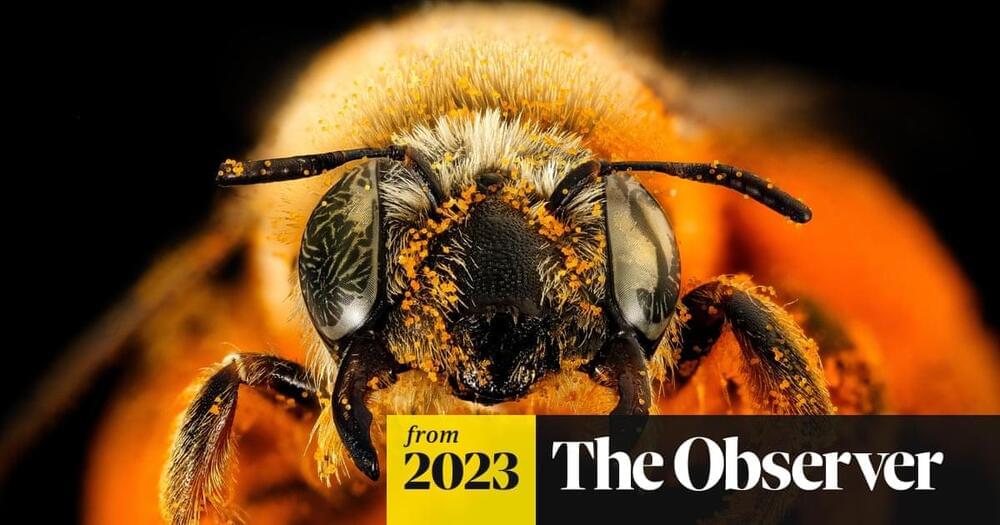Smartwatch bands from popular brands have been found to contain high concentrations of toxic for forever chemicals, also known as PFAS (per-and polyfluoroalkyl substances). These synthetic chemicals do not break down easily in the environment and build in our bodies over time, hence earning them the nickname of forever chemicals.
PFAS are used in various consumer products, including non-stick cookware, water-resistant clothes, carpets, mattresses, food wraps, and more. Exposure to PFAS has been linked to serious health problems, including increased risks of certain cancers, hormone disruption, weakened immune systems, and developmental delays in children. These chemicals can leach into water, soil, and food, making them a growing public health concern worldwide.
A new study published in the journal Environmental Science & Technology Letters has found that smartwatch bands made of fluoroelastomers contain a very high concentration of a forever chemical known as perfluorohexanoic acid (PFHxA).








